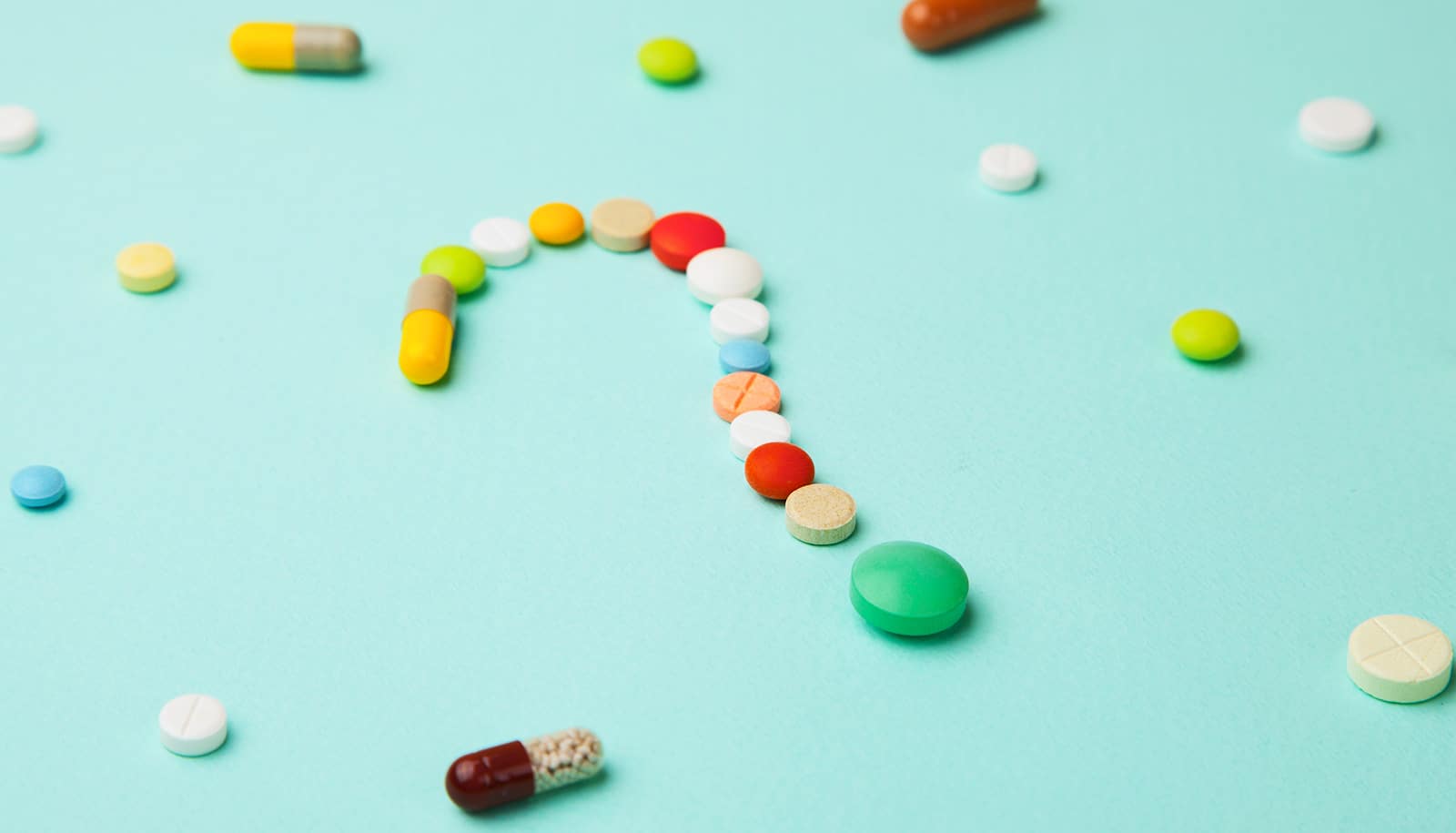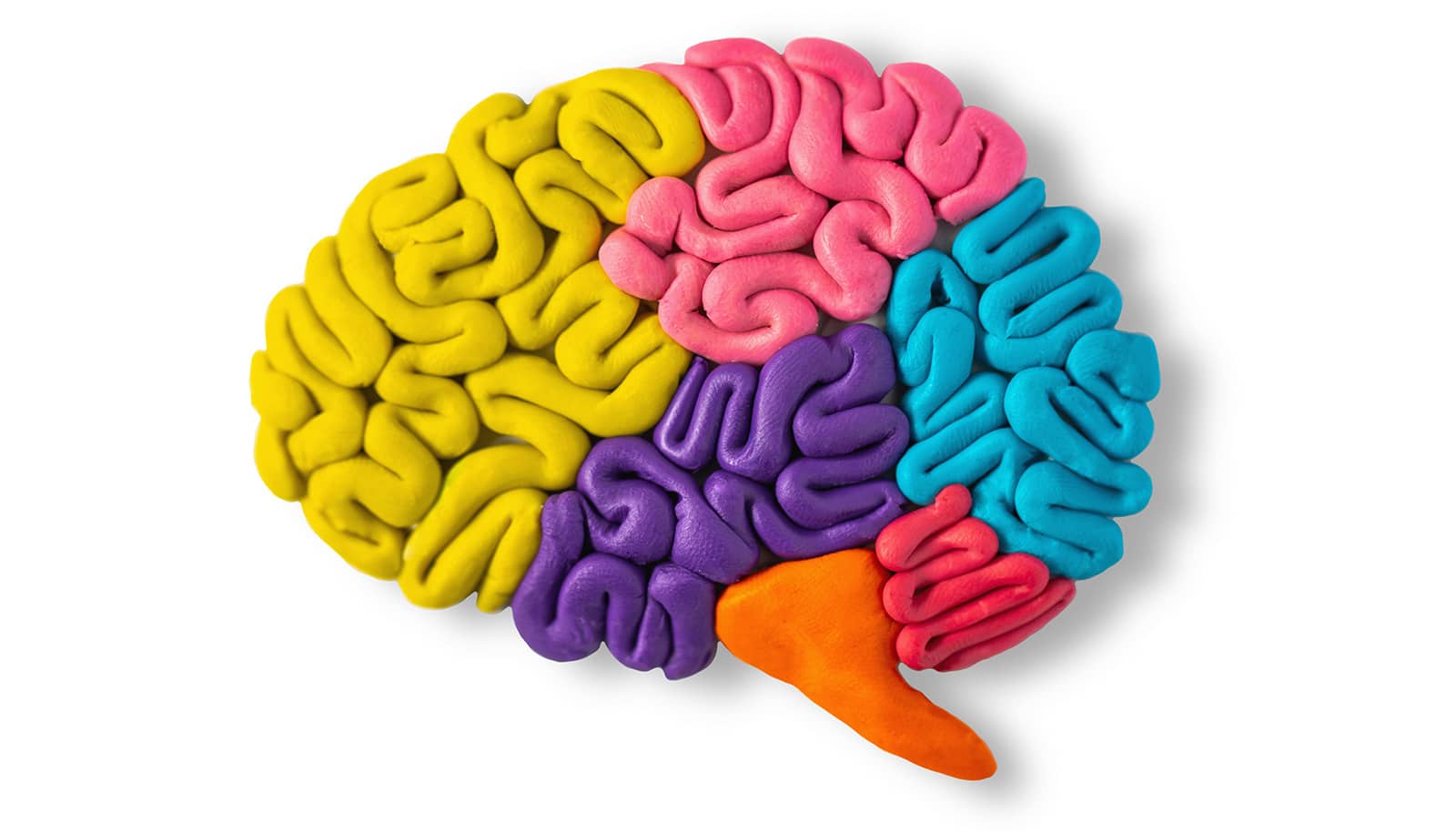The use of adrenaline in cardiac arrests results in less than one percent more people leaving the hospital alive—but almost doubles the risk of severe brain damage for survivors, a new study shows.
The findings raise important questions about the future use of adrenaline in such cases, researchers say.
Each year 30,000 people sustain a cardiac arrest in the UK and less than one in 10 survive. The best chance of survival comes if the cardiac arrest is recognized quickly, someone starts CPR and defibrillation (electric shock treatment) without delay.
Using adrenaline is one of the last things tried in attempts to treat cardiac arrest. It increases blood flow to the heart and increases the chance of restoring a heartbeat. However, it also reduces blood flow in very small blood vessels in the brain, which may worsen brain damage.
“Patients may be less willing to accept burdensome treatments if the chances of recovery are small or the risk of survival with severe brain damage is high.”
Observational studies, involving over 500,000 patients, have reported worse long-term survival and more brain damage among survivors who were treated with adrenaline.
The new study, which appears in the New England Journal of Medicine, was conducted in five National Health Service Ambulance Trusts in the United Kingdom, and included 8,000 patients in cardiac arrest. Patients were randomly chosen to be given either adrenaline or a salt-water placebo. All involved, including ambulance crews and paramedics, were unaware which of these two treatments the patient received.
Of 4,012 patients given adrenaline, 130 (3.2 percent) were alive at 30 days compared with 94 (2.4 percent) of the 3,995 patients who were given placebo.
However, of the 128 patients who received adrenaline and who survived to hospital discharge 39 (30.1 percent) had severe brain damage, compared with 16 (18.7 percent) among the 91 survivors who had been given a placebo.
In this study a poor neurological outcome (severe brain damage) was defined as someone who was in a vegetative state requiring constant nursing care and attention, or unable to walk and look after their own bodily needs without assistance.
“We have found that the benefits of adrenaline are small—one extra survivor for every 125 patients treated—but the use of adrenaline almost doubles the risk of a severe brain damage amongst survivors,” says lead author Gavin Perkins, professor of critical care medicine at the University of Warwick Medical School.
“Patients may be less willing to accept burdensome treatments if the chances of recovery are small or the risk of survival with severe brain damage is high. Our own work with patients and the public before starting the trial identified survival without brain damage is more important to patients than survival alone. The findings of this trial will require careful consideration by the wider community and those responsible for clinical practice guidelines for cardiac arrest.”
These ER tests don’t actually spot heart attacks
The reasons why more patients survived with adrenaline and yet had an increased chance of severe brain damage are not completely understood, researchers say.
One explanation is that although adrenaline increases blood flow in large blood vessels, it paradoxically impairs blood flow in very small blood vessels, and may worsen brain injury after the heart has been restarted. Or, the brain is more sensitive than the heart to periods without blood and oxygen and although the heart can recover from such an insult, the brain is irreversibly damaged.
Don’t pull the plug too soon after cardiac arrest
“This trial has answered one of the longest standing questions in resuscitation medicine,” says coauthor Jerry Nolan of the Royal United Hospital Bath.
“Taking the results in context of other studies, it highlights the critical importance of the community response to cardiac arrest. Unlike adrenaline, members of the public can make a much bigger difference to survival through learning how to recognize cardiac arrest, perform CPR, and deliver an electric shock with a defibrillator.”
Source: University of Warwick



